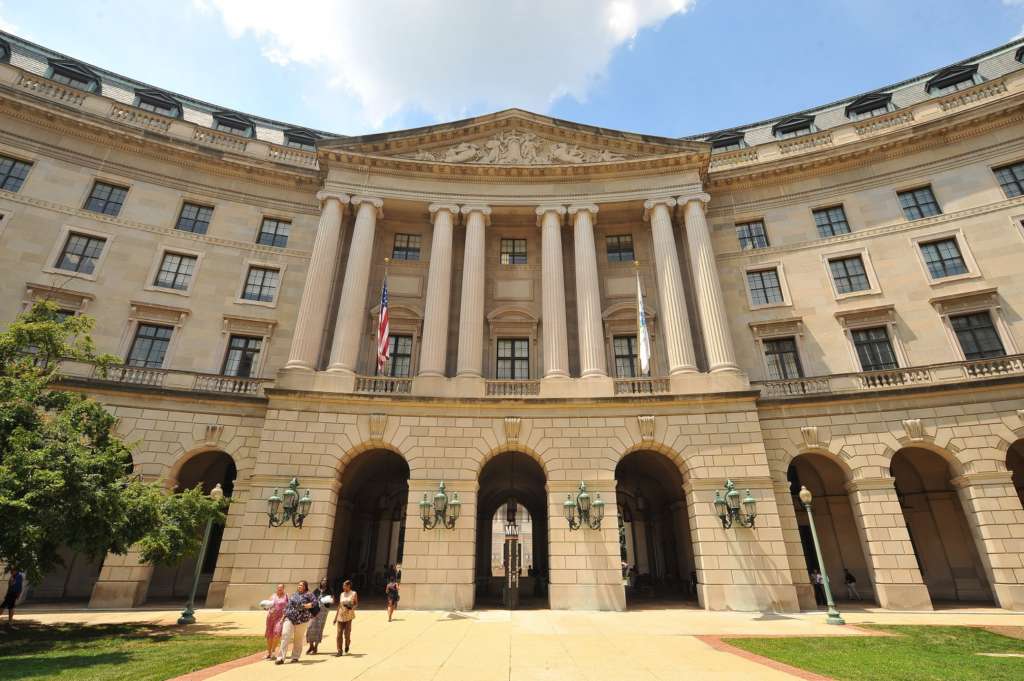On Fox News on Sunday, President-elect Donald Trump lamented that those seeking government permits sometimes “are waiting in line for 15 years,” sometimes only to get rejected in the end, and vowed to speed up the process. To succeed, he’ll need a new approach to governing. Every president since Jimmy Carter has vowed to cut unnecessary regulations, but the red-tape machine has defied all attempts at control.
Trump’s idea is to institute a “one-in, two-out” rule — that for every new regulation, two must be removed. Britain instituted a similar protocol in 2010 to cull unnecessary regulation and recently expanded it to “one in, three out.” This is part of a broader British effort to control regulatory creep, and it has achieved modest success. Imposing similar discipline on new U.S. regulations is long overdue. For the past 50 years, Washington’s approach has been like the Roach Motel — regulations check in, but they never check out. But incremental reform is not enough.
Red-tape reformers have failed because they assume the problem is a matter of degree — that there are just too many rules. Liberals stride into the red-tape jungle with pruning shears, and find themselves entangled in the internal logic of the rules. Conservatives get cheers for demanding deregulation, but when push comes to shove, voters don’t want to drink polluted water, eat spoiled food or entrust loved ones to the unsupervised care of strangers in day-care centers and nursing homes. That’s why the regulatory state grew, not shrank, in the 20 years of Reagan and two Bush presidencies.
What reformers have missed is that regulatory failure is not merely a matter of too much regulation but is caused by a flawed philosophy on how to regulate. Both sides assume that human responsibility should be replaced by what is called “clear law.” By striving to prescribe every possible good choice, and proscribe every possible evil, U.S. regulation became an obsessive exercise in micromanagement. That’s why rulebooks are often 1,000 pages, while the Constitution is 15. The evil to be exorcised by all these legal dictates is human authority. Only by lashing each other tightly with detailed law can liberal and conservative politicians be sure that the other side won’t do something bad.
But ordinary citizens in our free society are also lashed to these mindless dictates — complying with rules that often make no difference, filling out forms no one reads and stymied by bureaucrats whose response to every idiocy is always “The rule made me do it.” In the name of better freedom, detailed regulations have made everyone powerless.
The solution — the only solution — is to retool regulation to focus on results, not inputs. Find any good school, any good agency, and you will find people who take responsibility for getting the job done. Experts at the Federal Aviation Administration certify planes as “airworthy” based on their expert judgment, not compliance with detailed specs on, say, how many rivets per square foot. Teachers at good schools typically say that the principal encourages them to do what they think is best and not worry about complying with many forms and metrics.
The activating mechanism for every public choice must be human responsibility. What’s good is what works. Yes, it’s a good idea to review environmental impacts, but it’s idiotic to spend a decade creating 5,000-page tomes that double the cost of projects and cause environmental harm by prolonging polluting bottlenecks.
The opportunity here is to move from paralysis to practicality. Focusing on results, with clear lines of authority and accountability, is a win-win strategy: Regulation is more effective, and less costly, when regulators and citizens are not preoccupied with compliance. Australia replaced dense nursing home regulation with 31 general principles — for example, to provide “a home-like setting.” Within a short period, nursing homes across Australia markedly improved because, studies showed, the caregivers felt free to focus on what residents needed instead of trudging through the day with their noses in a rulebook.
Regulation by results would radically simplify law — in some areas, more like “one-in, 20-out.” Hundreds of federal safety specifications for factory equipment could be encompassed within one general principle: “Tools and equipment shall be reasonably suited for the use intended, in accordance with industry standards.” Is there room for disagreement? Yes, but only at the margins. Instead of wasting regulatory resources on foot faults that don’t matter, the safety agency could redeploy its resources to finding workplaces that are actually unsafe. Specificity would still be needed for, say, pollution discharge limits, but the litmus test should be whatever achieves the desired results.
Rebuilding the federal behemoth is an ambitious goal, fraught with perceived peril as well as opportunity. But do we have a choice? No one serious defends the inefficiencies in the current system. Americans are tired of being pushed around by headless bureaucracy. Half-measures by the past six presidents have all failed.
The upside here is transformational. Virtually every federal program is broken, with the only open question how much. Should Dodd-Frank compliance costs drive small banks into the arms of larger banks? Should safety laws prohibit children from normal play activities? All these stupidities can be cured, but only if people with responsibility are given the freedom to use common sense. Giving permits for infrastructure in two years, not 10, would add 1.5 million jobs and create a greener footprint.
The downside is low. Rigid bureaucracy prevents officials and citizens alike from adapting to rapid changes in global forces. Regulation by results doesn’t guarantee success, but it gives us the freedom to try.
Washington Post
